
How Two UK National Park Rangers Found Themselves Working in the USA
By Charlie Winchester
My partner, Kate, and I were UK National Park Rangers until August 2022, having both worked in the role for over five years. And although we absolutely loved our jobs rangering— especially their endless variety and power to create positive on-the-ground change — we’d always been curious about what Rangers do in other places and in totally different environments.
So, as things started to open up after the pandemic, we began planning a different trip. Instead of traveling to visit places we wanted to see simply, we set out to find opportunities that would allow us to spend a day — or several months! — in the shoes of Rangers around the world.
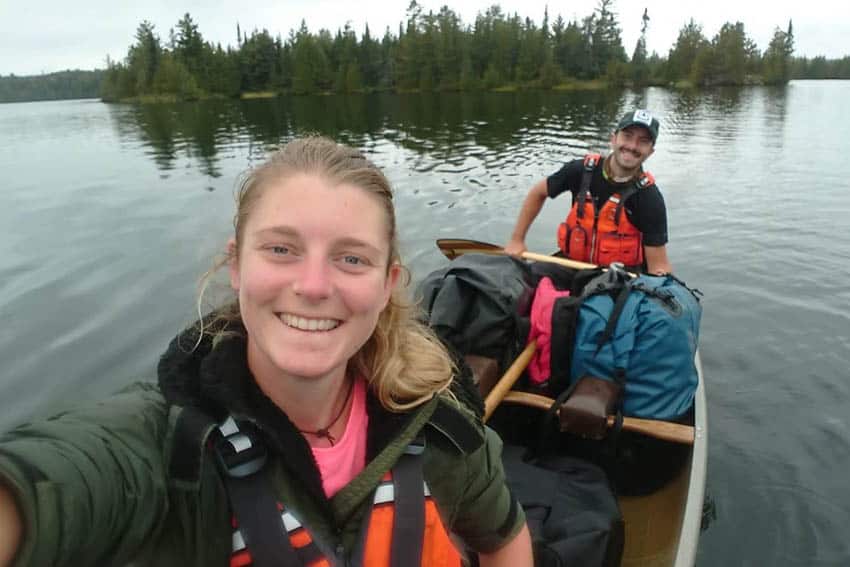
Our journey so far
Paddling through the Northwoods of Minnesota
Beginning with a three-month placement with the US Forest Service, we were thrown in at the deep end — quite literally!
No sooner had we stepped off the plane in Minneapolis, caught a bus to Duluth, and been driven up to Minnesota’s Northwoods on the US/Canada border, than we found ourselves setting off by canoe on an eight-day expedition into the very watery Boundary Waters Canoe Area Wilderness as new Volunteer Wildness Rangers.
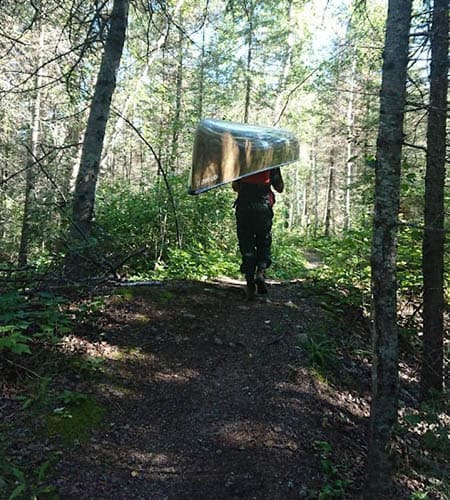
Image credit: Charlie Winchester & Kate Dziubinska
Located within Superior National Forest, the Boundary Waters can only be described as a world of water.
Covering over one million acres and containing more than 1,000 lakes, this is one of America’s great wildernesses and the only one you need a canoe to access.
How to Paddle and Portage
After learning how to paddle, portage (the process of flipping your canoe onto your back and carrying it, along with several 50+ lb packs, for up to several miles between lakes), and fell hazard trees using an axe and a two-man crosscut saw, we began to adjust to a routine of eight-day trips into the wilderness, followed by five days rest.
Spending so much time in a place like the Boundary Waters, where the sound of wolf packs howling following a kill and the evening spectacle of the Northern Lights are not uncommon, was incredibly special.
And the work we undertook to help keep this wild place accessible to everyone was deeply satisfying.
The three months we spent working alongside the Forest Service’s Rangers — who, in some cases, had been paddling these lakes for over 30 years — was a privilege, and the skills they imparted on trail maintenance, crosscut saw use. Even the less-than-glamourous process of digging latrines will certainly stay with us.
Into the High Desert of Northern Arizona
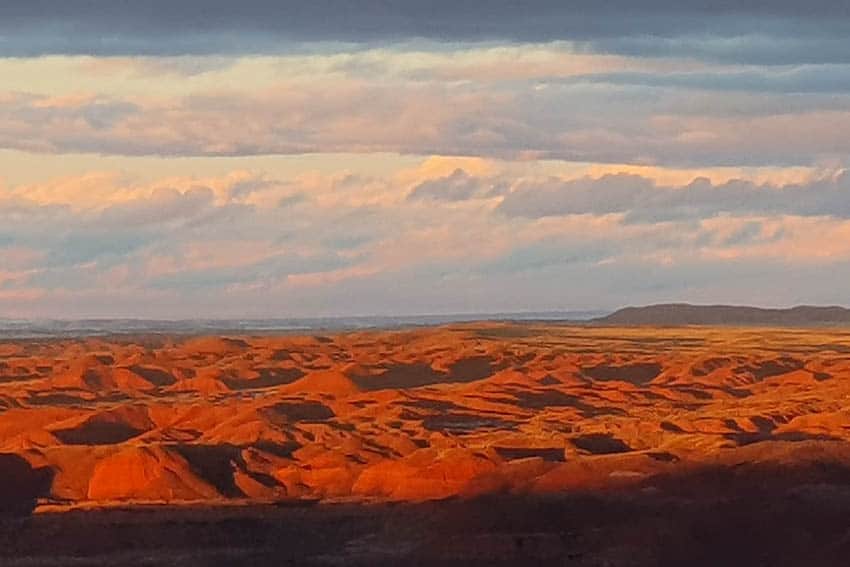
Just as the snow began to fall and the temperatures plummeted in Minnesota, we set off on the next leg of our trip, this time heading for the high desert of northern Arizona. And as well as moving from the far north of the Lower 48 to the US’s arid southwest, we also transitioned from the Forest Service to the National Park Service, starting another three-month stretch, this time in Petrified Forest National Park.
As well as being thrown into a totally different environment, our work in Petrified Forest was equally different. Working primarily with the Park’s biologist, our day-to-day tasks involved everything from checking wildlife camera traps to surveying wild horses in the Park’s more than 50,000 acres of designated wilderness.
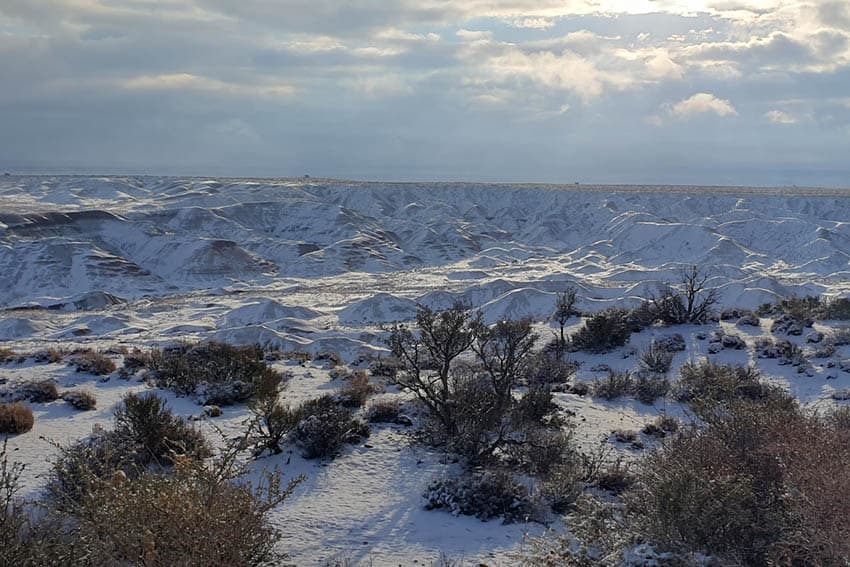
(An unexpected bonus of our time in Arizona was the chance to work in the Park’s internationally renowned Palaeontology Lab, learning how to prepare fossils from the Late Triassic 225 million years ago with some of the country’s leading experts.)
And despite being a desert, during the winter months that we were there, it was often bitterly cold, snowing at least five times in our relatively brief placement.
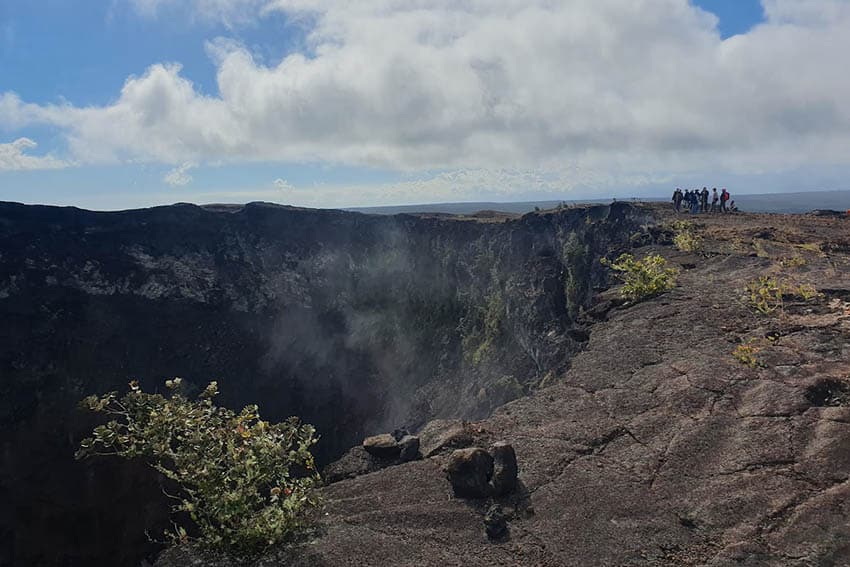
Time for Something Tropical
All the more reason for the excitement we felt when it came time to hop on the plane to our current placement: Hawai’i Volcanoes National Park. I suspect, like many people, Hawai’i is one of those places you never expect to actually have the chance to visit, largely because of how remote it is.
So when we stepped off the plane on the Big Island — with the volcanoes of Mauna Loa and Mauna Kea looming above us and the prospect of three months of work helping to conserve one of the few US National Parks with an active volcano Kīlauea in its midst — we couldn’t quite believe it.
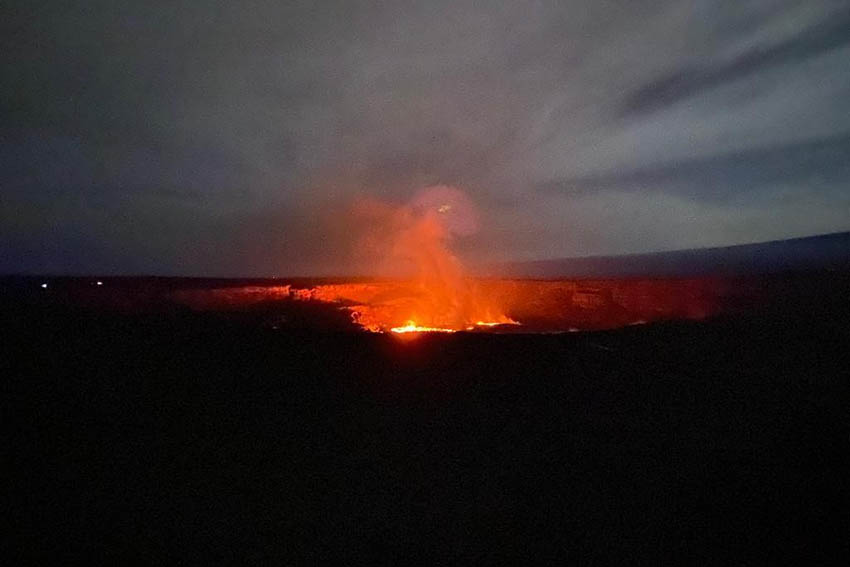
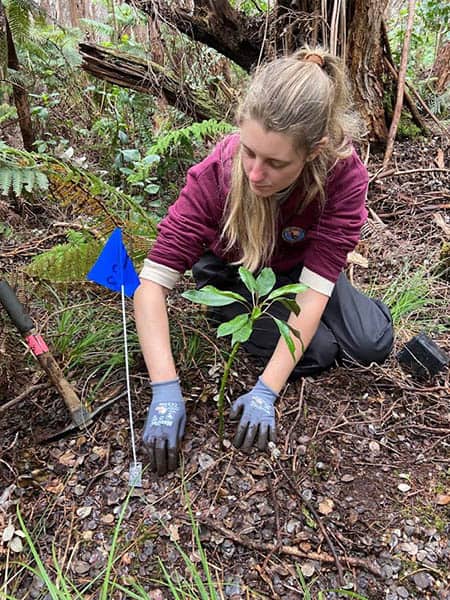
We’re now halfway through our time at Volcanoes.
So far, we’ve surveyed for non-native Little Fire Ants, constructed fences to keep out the pigs and goats that do so much damage to the ecosystem, out-planted a range of rare endemic Hawaiian plants, and cleared some of the numerous invasive non-native species — including our own European gorse! — that threaten the Park’s delicate rainforest ecosystem.
The next six weeks of work here should be just as interesting and diverse, and we can’t wait to get stuck in.
What the future holds
We’ve already learned so much in the USA and will travel to Utah and Alaska with the Forest Service before we finish. And after that?
Well, there’s a lot to explore beyond North America, and we’d love to experience the work of Rangers and frontline conservationists elsewhere before returning to the UK. So watch this space!
How can I start my own conservation adventure?
If you want to find out more about taking your own National Park or National Forest adventure, the following web pages have some information and links to help you get started:
https://www.nps.gov/subjects/internationalcooperation/ivip.htm
https://www.fs.usda.gov/working-with-us/volunteers
Follow these rangers on Instagram.
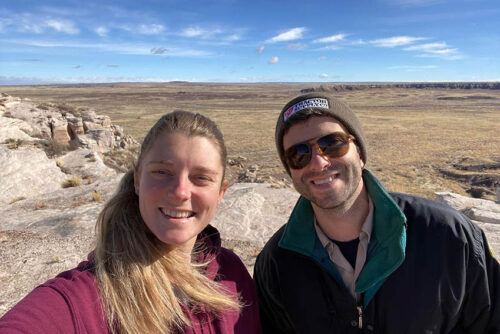
- Saudi Arabia Might Be Your Next Getaway Spot - April 23, 2024
- Mongolia, the Land of Eternal Blue Sky - April 20, 2024
- These 9 U.S. National Parks Require Reservations in 2024 - April 17, 2024



